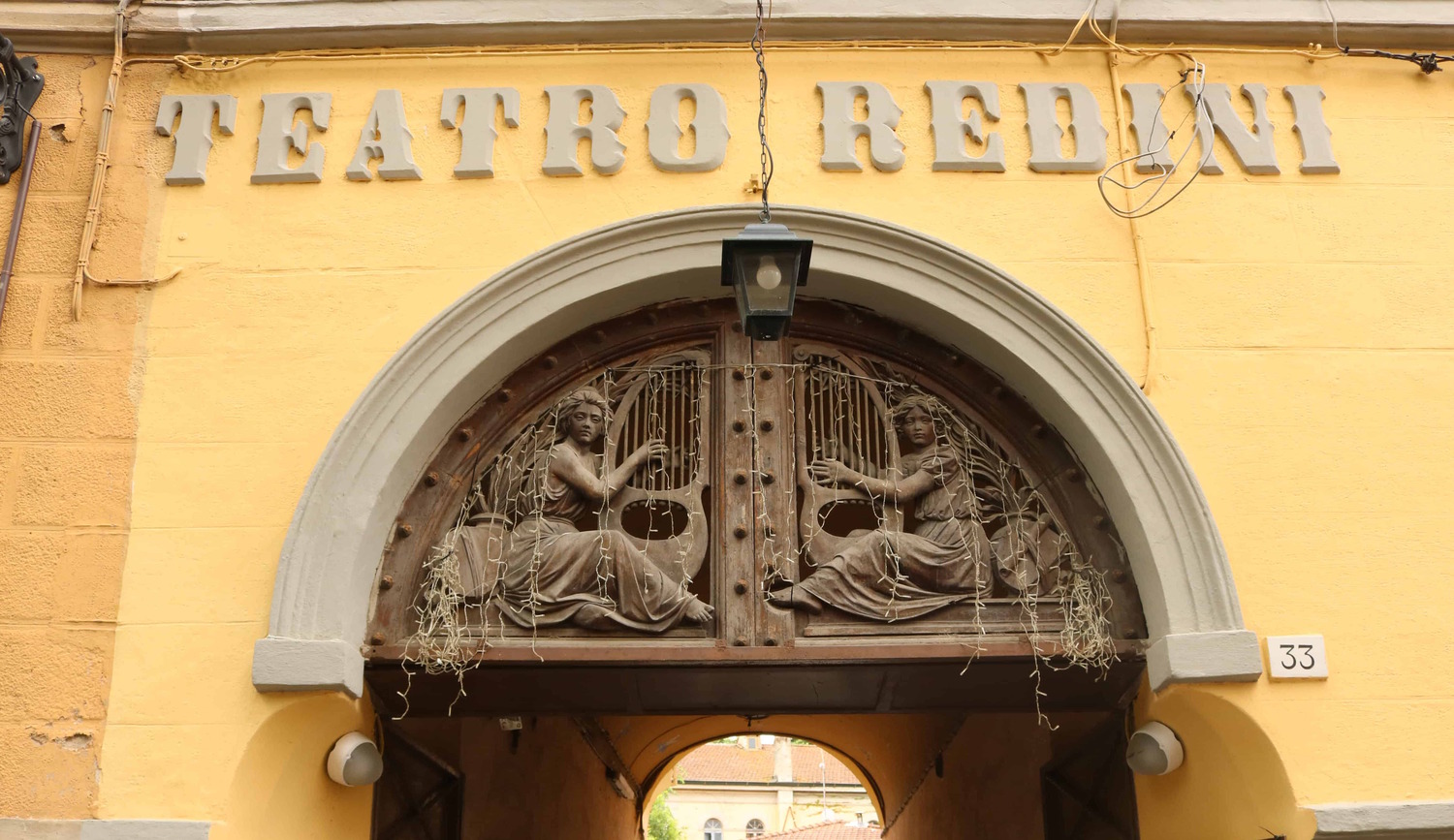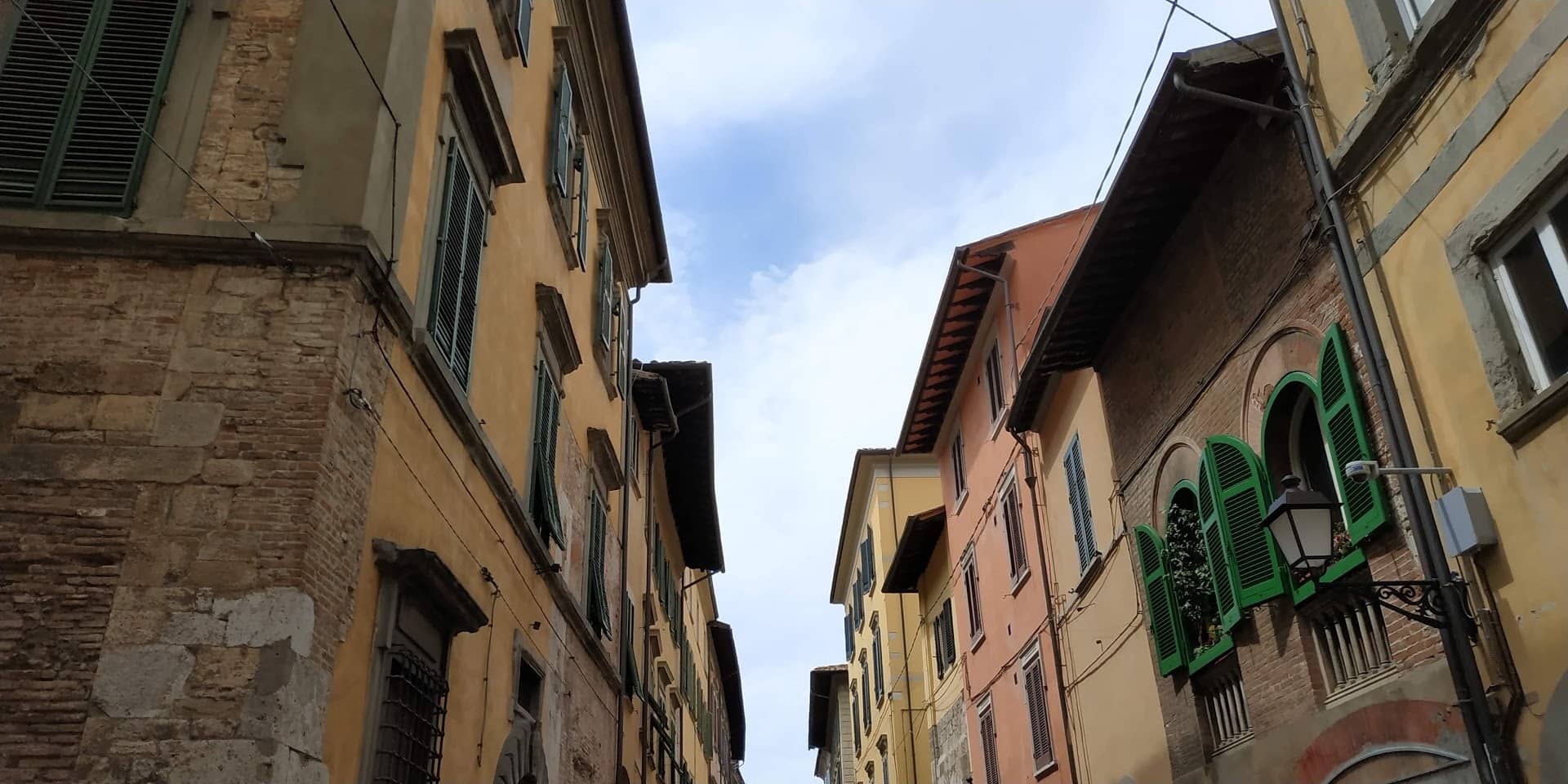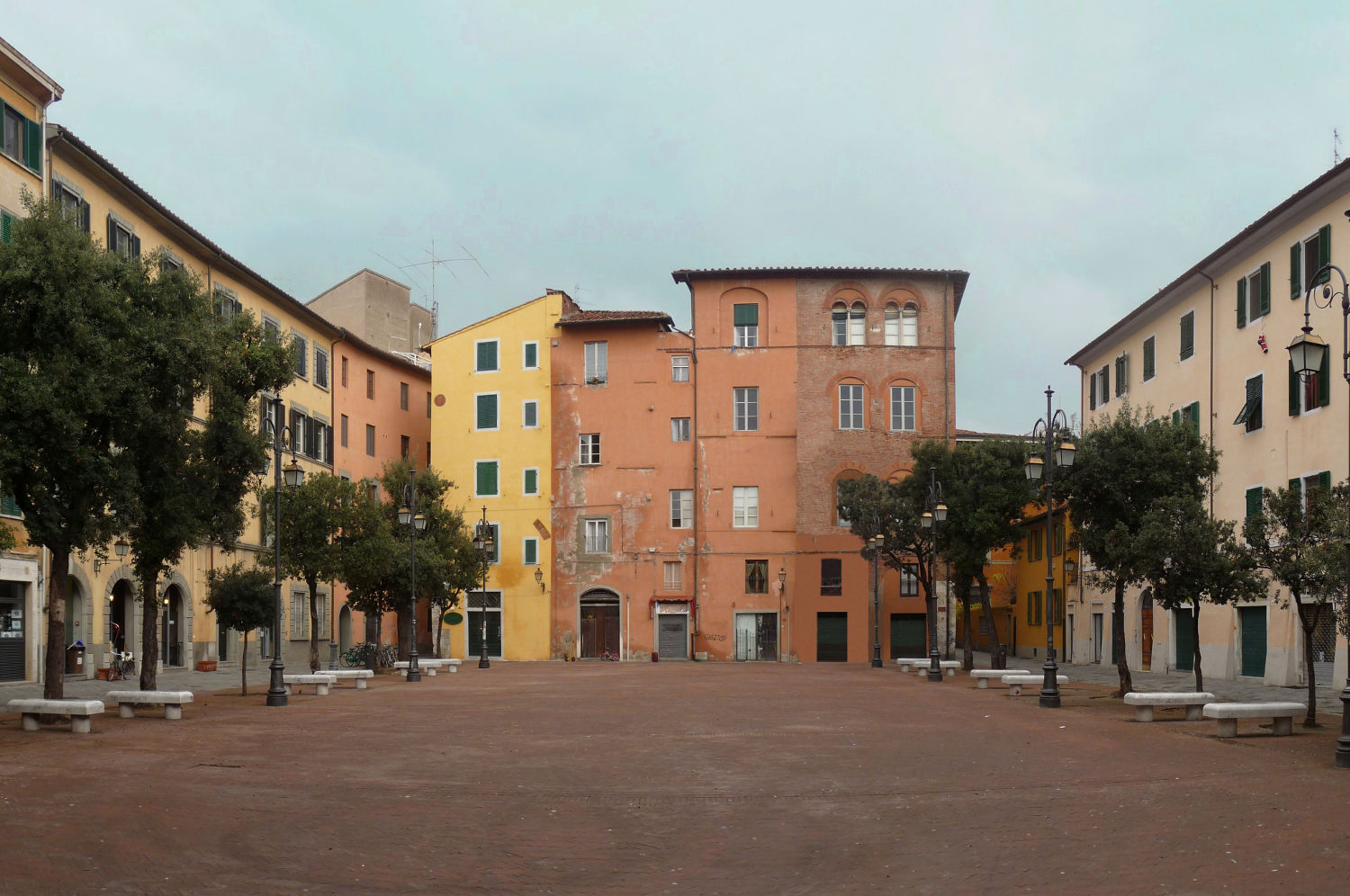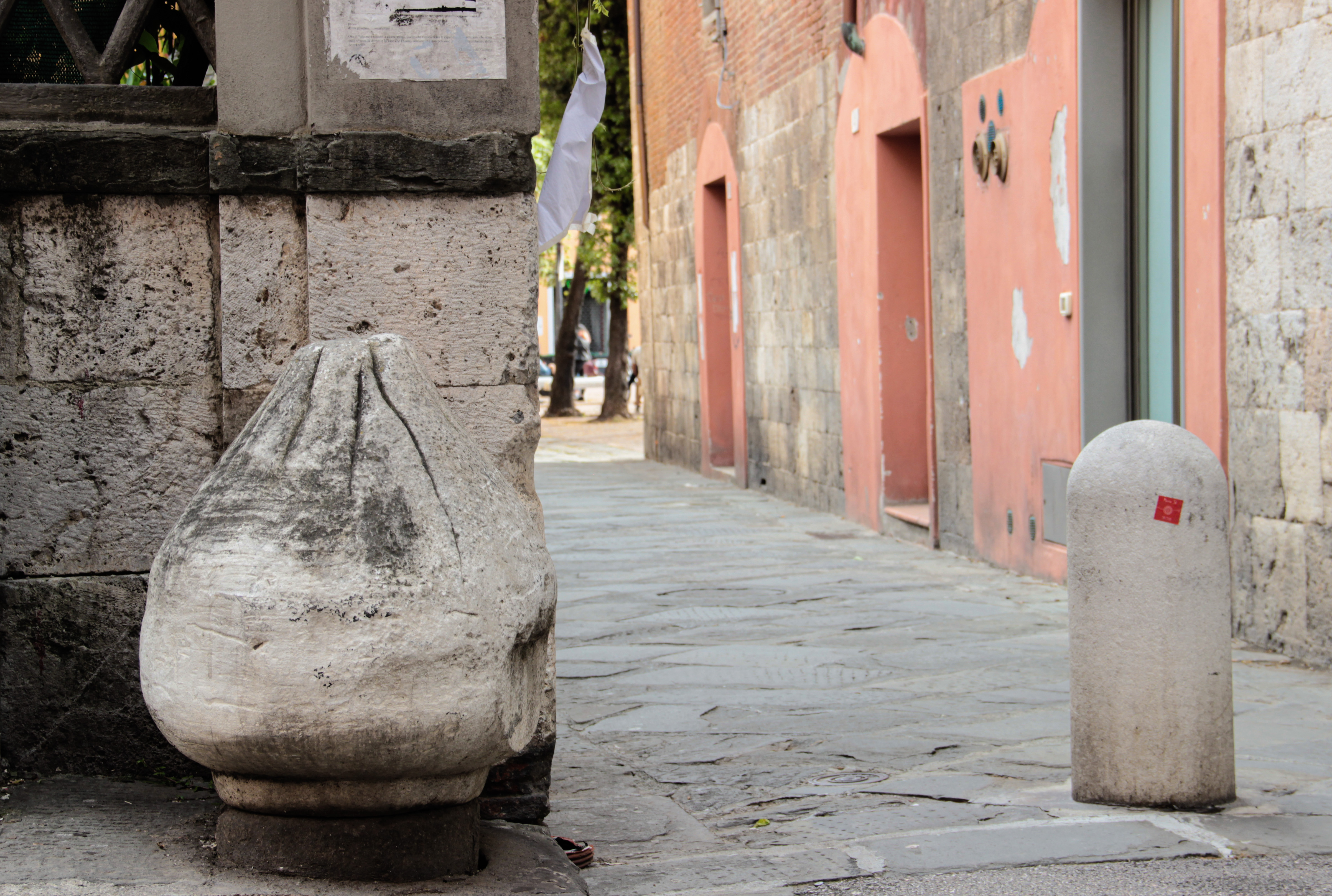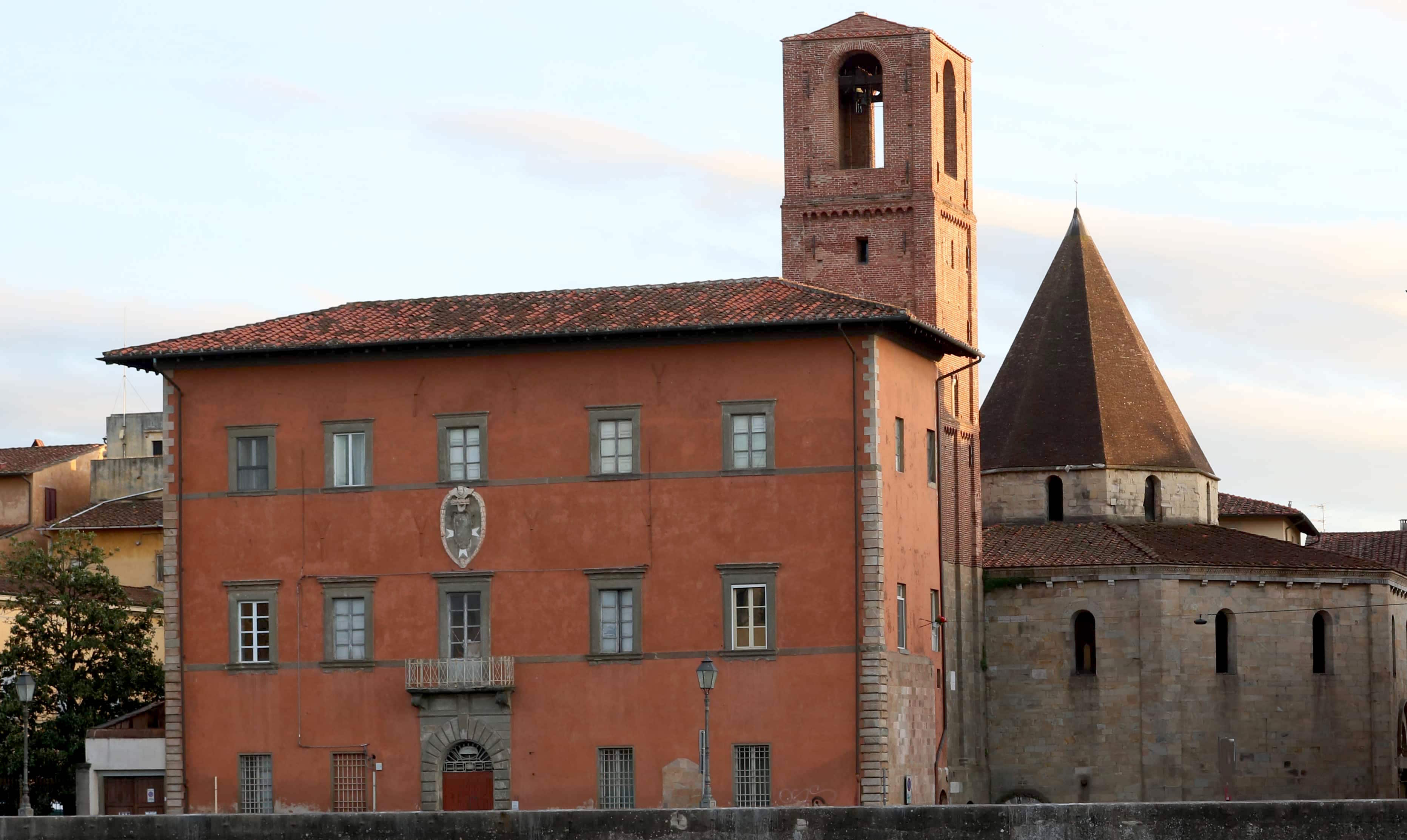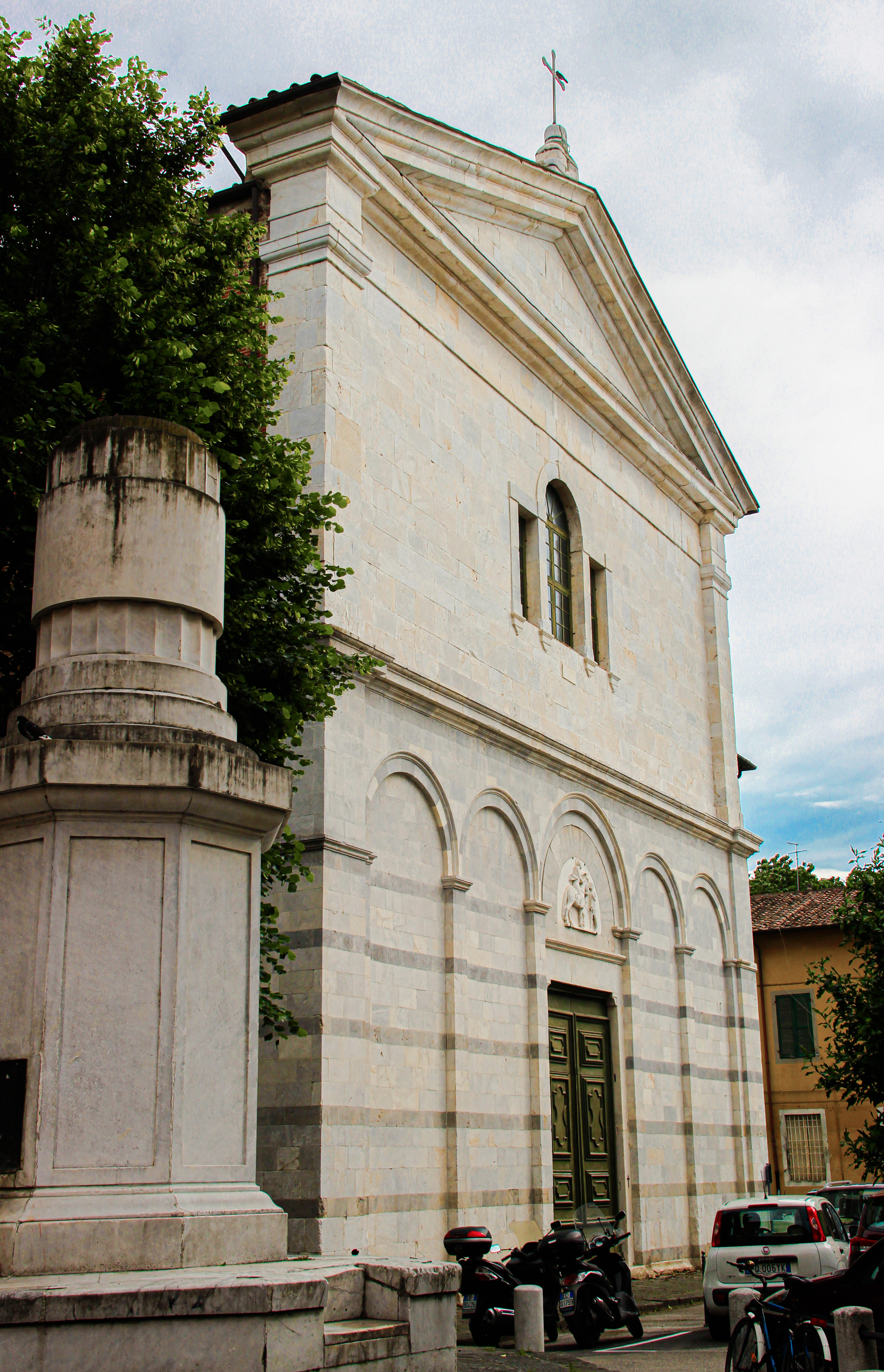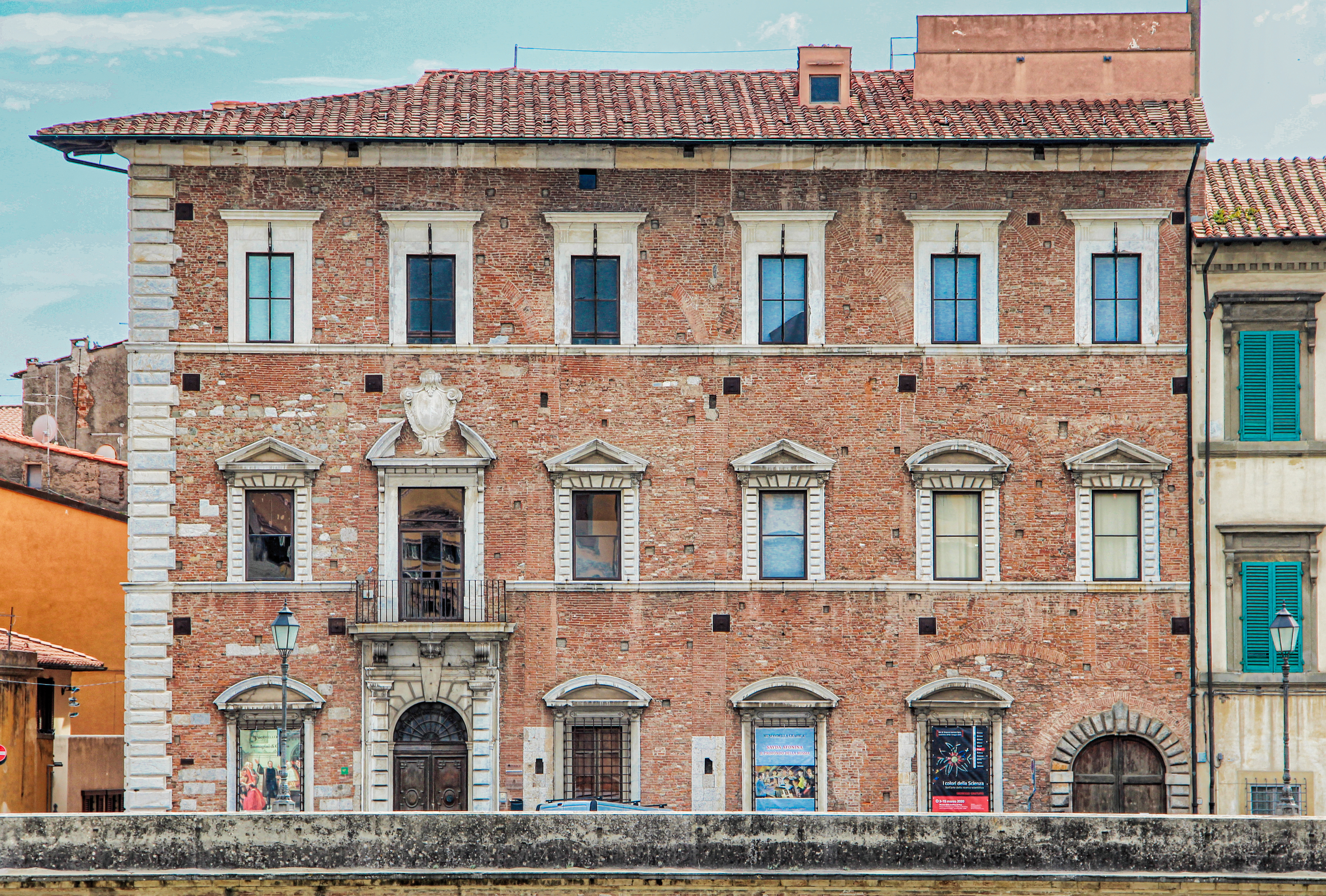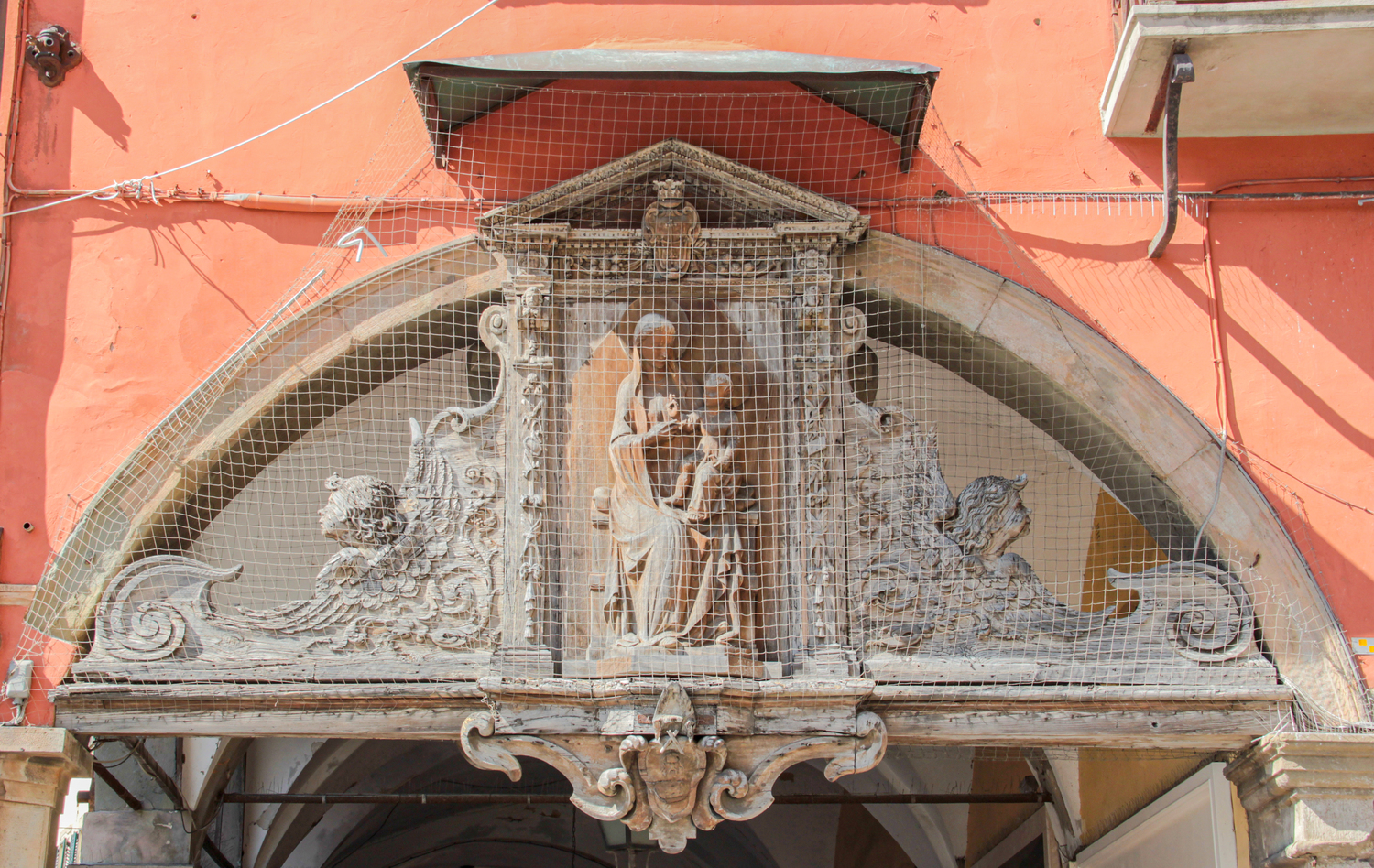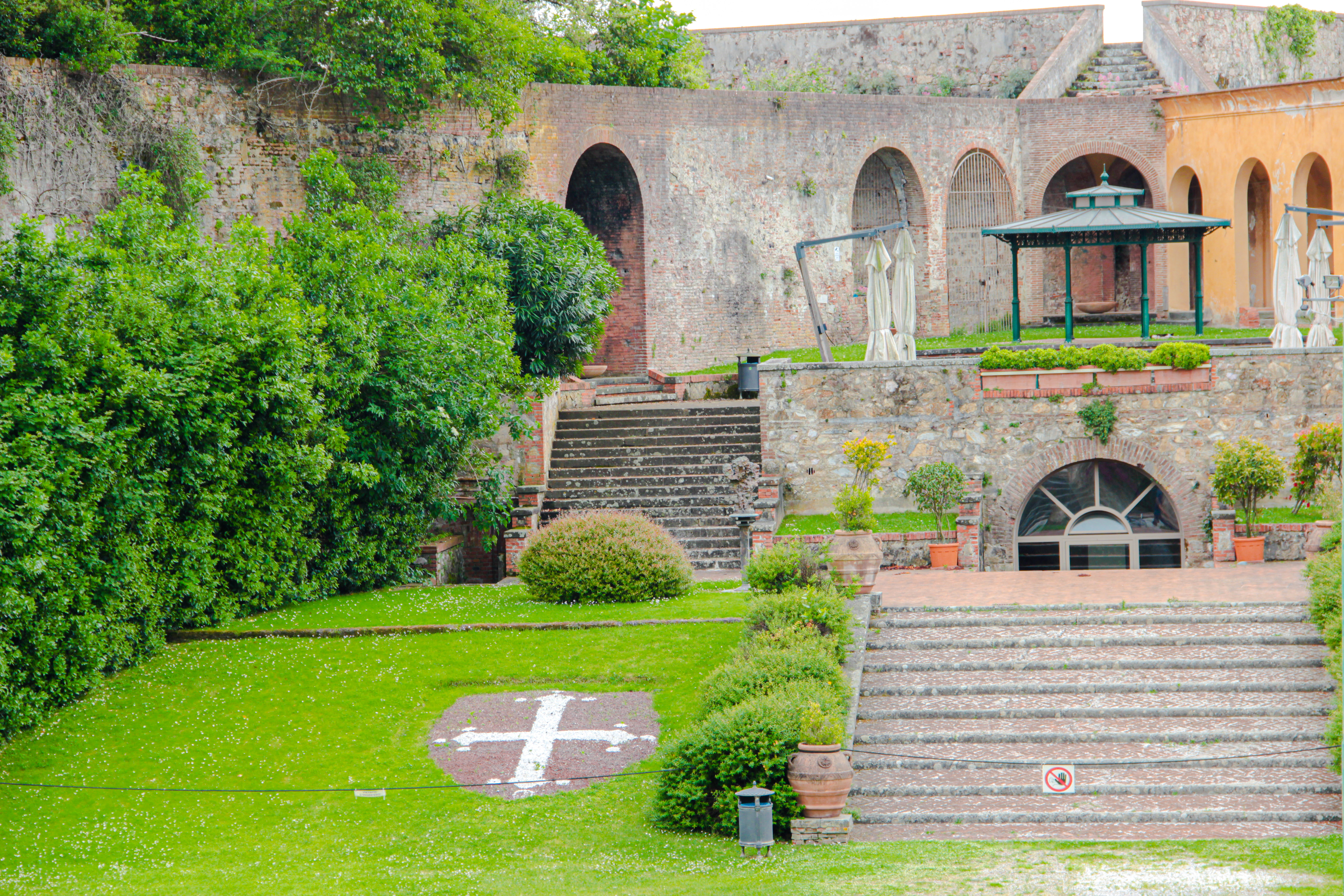Ex Chiesa di San Bernardo
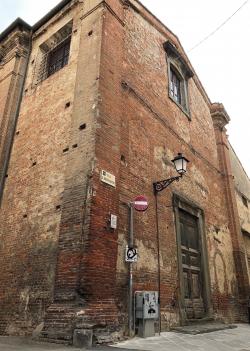
The Church of S. Bernardo was built in the 1400s, on the site of the old Osnello hospital (named after the founder) first mentioned in 1189. Constructed on one of the most ancient streets in this part of Pisa, it was intended to shelter pilgrims and wayfarers. This street, now via Pietro Gori, was once called Carraia Minucioli, then Carraia Gonnelle.
A previous medieval building, destroyed in the mid 1200s, was rebuilt in 1401 and joined to the Cistercian convent of S. Bernardo; in 1444 the nuns completely reconstructed the entire religious complex but later this too underwent much renovation and many adaptations. In 1616 the building and its internal flooring were raised and around the mid 1700s the Church was re-styled with the appearance it has today. The church belonged to Cistercian nuns until the early 19th century when, on suppression of the monasteries, they moved to the church of S. Silvestro.
The bricked-up arches and windows in the left-hand outside wall probably date from the 15th century. Other buildings with brick arches belonging to the late medieval hospital can be picked out in via S. Bernardo, and vicolo Scaramucci.
Inside, the remains of the building’s Baroque decorations can still be seen, with gilt plaster mouldings by Antonio Ferri and frescoes on the vaulted ceiling with Stories from the Life of St. Bernard by Tommaso Tommasi. On the walls, in elaborate stucco frames, are two frescos by G. Battista Tempesti painted in mid 18th century.
Today the church is deconsecrated. Now called “Cantiere S. Bernardo”, it is used by a group of young artists for their activities.

